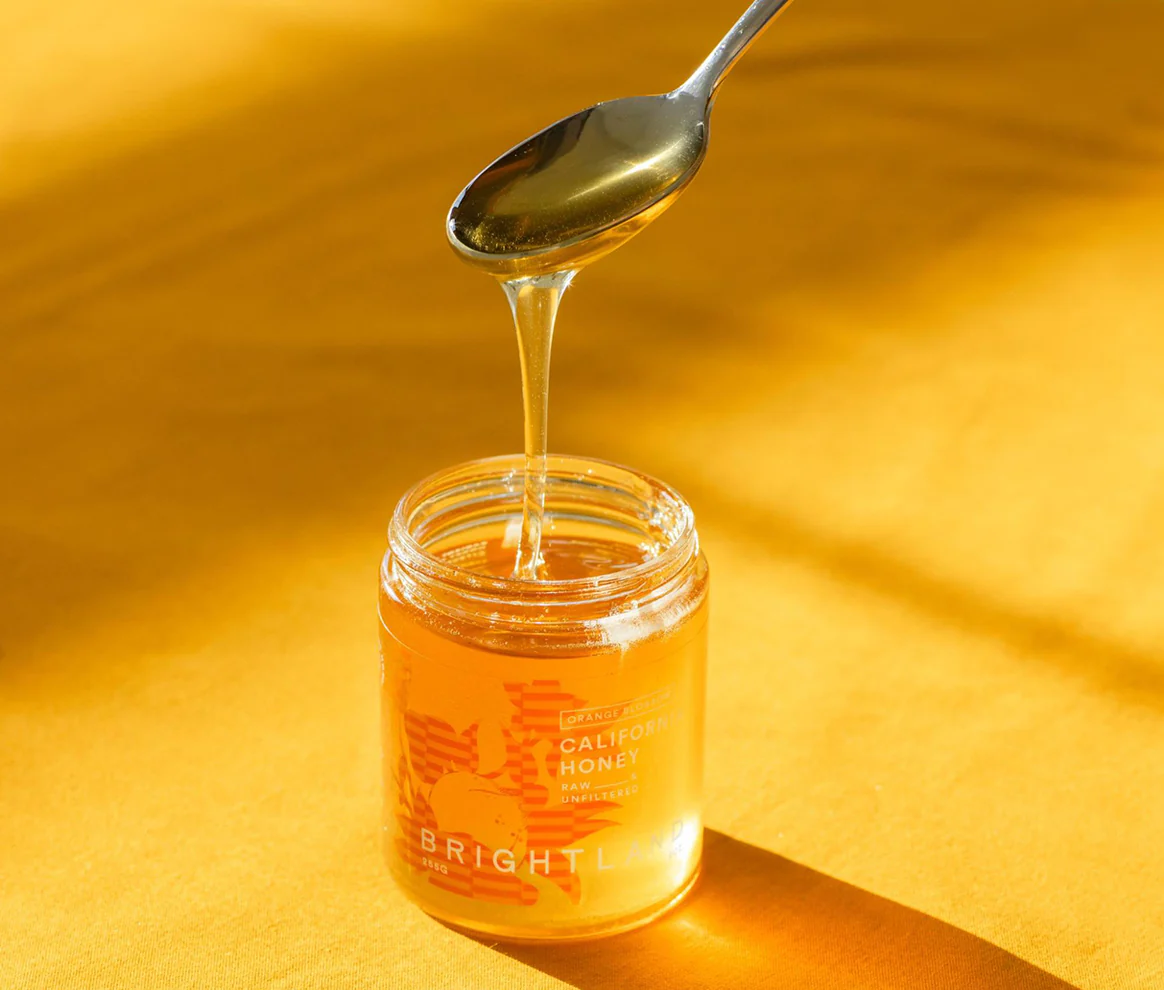Honey has been an essential part of Pakistani households for centuries. From being used in traditional remedies to adding natural sweetness to food, its value goes far beyond taste. However, one of the most common questions buyers ask is: “How do I know if the honey price in Pakistan is fair?”
With so many brands, types, and qualities available, understanding fair pricing can be confusing. Let’s break down the factors that influence honey pricing, how to evaluate whether you’re being charged fairly, and tips to ensure you’re buying authentic honey.
1. Factors That Influence Honey Price in Pakistan
Before deciding if the price is fair, you need to understand what makes honey expensive or affordable.
a) Type of Honey
Different varieties of honey come with different price tags. For example:
- Sidr Honey (Beri ka Shehad): Highly prized, limited harvest, and naturally more expensive.
- Acacia Honey: Common in Punjab, moderately priced.
- Wildflower Honey: Often cheaper due to wider availability.
b) Seasonal Availability
Honey production is seasonal in Pakistan. During winter and Ramadan, prices often rise due to higher demand and limited stock.
c) Purity and Processing
Raw, unprocessed honey is more valuable because it retains nutrients and enzymes. Processed honey may be cheaper but sometimes lacks authenticity.
d) Packaging and Branding
Well-branded or imported honey often costs more due to marketing, packaging, and certifications. Local unbranded honey may be cheaper but isn’t always guaranteed to be pure.
2. Comparing Local vs. Premium Honey Prices
To judge whether you’re paying a fair amount, compare market averages. For example, based on available market data:
- Big Honey (local brand):
- 250g = Rs. 1,150
- 1kg = Rs. 4,600
- Small Honey (premium brand):
- 250g = Rs. 2,000
- 1kg = Rs. 8,000
If a seller is charging Rs. 10,000 for 1kg of local wildflower honey, it’s overpriced. However, if they charge the same for premium Sidr honey during off-season, that could still be fair. This comparison helps answer the question: “How do I know if the honey price in Pakistan is fair?”
3. Signs You’re Paying a Fair Price
Here are a few indicators that show you’re being charged reasonably:
- Market Comparison: The price aligns with what other sellers in your area are charging.
- Purity Tests Passed: Sellers can provide proof of purity, such as lab reports or certifications.
- Transparent Packaging: Labels clearly mention source, weight, and type of honey.
- Seasonal Adjustments: Prices may go up in winter but should not skyrocket unreasonably.
4. Warning Signs of Unfair Pricing
Some sellers overcharge, especially targeting unaware buyers. Look out for these red flags:
- Generic Honey at Premium Prices: Charging Sidr honey rates for regular wildflower honey.
- No Source Information: If the seller doesn’t mention where the honey comes from.
- Too Good to Be True Offers: Extremely cheap prices could mean adulteration with sugar syrups.
5. How to Ensure You’re Buying Pure Honey
Fair pricing and purity go hand in hand. Even if the price is right, impure honey is not worth it. Here are some tips:
- Buy From Trusted Brands or Beekeepers: Always choose sellers with a good reputation.
- Do a Home Test: Pure honey usually doesn’t dissolve quickly in water and has a rich, natural aroma.
- Check Consistency: Authentic honey is thick and sticky, not watery.
6. The Role of Demand in Pricing
Fairness also depends on timing. In Pakistan:
- During Ramadan and winter, high demand pushes prices up.
- During harvest seasons, prices drop slightly as fresh honey enters the market.
So, if you’re buying Sidr honey in December, a higher price may still be fair because of limited availability.
7. Tips to Get the Best Value
To make sure you’re paying a fair amount:
- Research Market Rates: Check online stores, supermarkets, and local shops before buying.
- Buy in Bulk: Larger jars are usually more cost-effective.
- Compare Quality with Price: If two sellers offer the same honey type but one is half the price, question why.
- Check Customer Reviews: For branded honey, online reviews can reveal if pricing matches quality.
Conclusion
So, how do I know if the honey price in Pakistan is fair? The answer lies in understanding the type of honey, its purity, seasonal availability, and market trends. Fair pricing doesn’t always mean cheap—it means getting genuine, pure honey at a reasonable rate compared to its quality and demand. By doing a little research and knowing what affects honey prices, you can make smarter buying decisions and ensure your money is well spent.
FAQs About Honey Price in Pakistan
Q1: Why is Sidr honey more expensive than other types?
Because Sidr honey has a limited harvest season and high medicinal value, making it rarer and costlier.
Q2: How much should I pay for 1kg of pure honey in Pakistan?
Local wildflower honey averages Rs. 4,000–5,000 per kg, while premium Sidr honey can cost Rs. 7,000–10,000 per kg depending on season.
Q3: Can cheap honey still be pure?
Yes, but if the price is significantly below market average, it’s likely adulterated.
Q4: Do branded honey products always charge fair prices?
Not always. Some charge extra for packaging and brand name, so compare with local beekeepers for authenticity and fairness.
Q5: Is imported honey better than local honey?
Not necessarily. Pakistan produces excellent honey varieties. Imported honey may have better packaging, but local honey is often fresher and more authentic.



